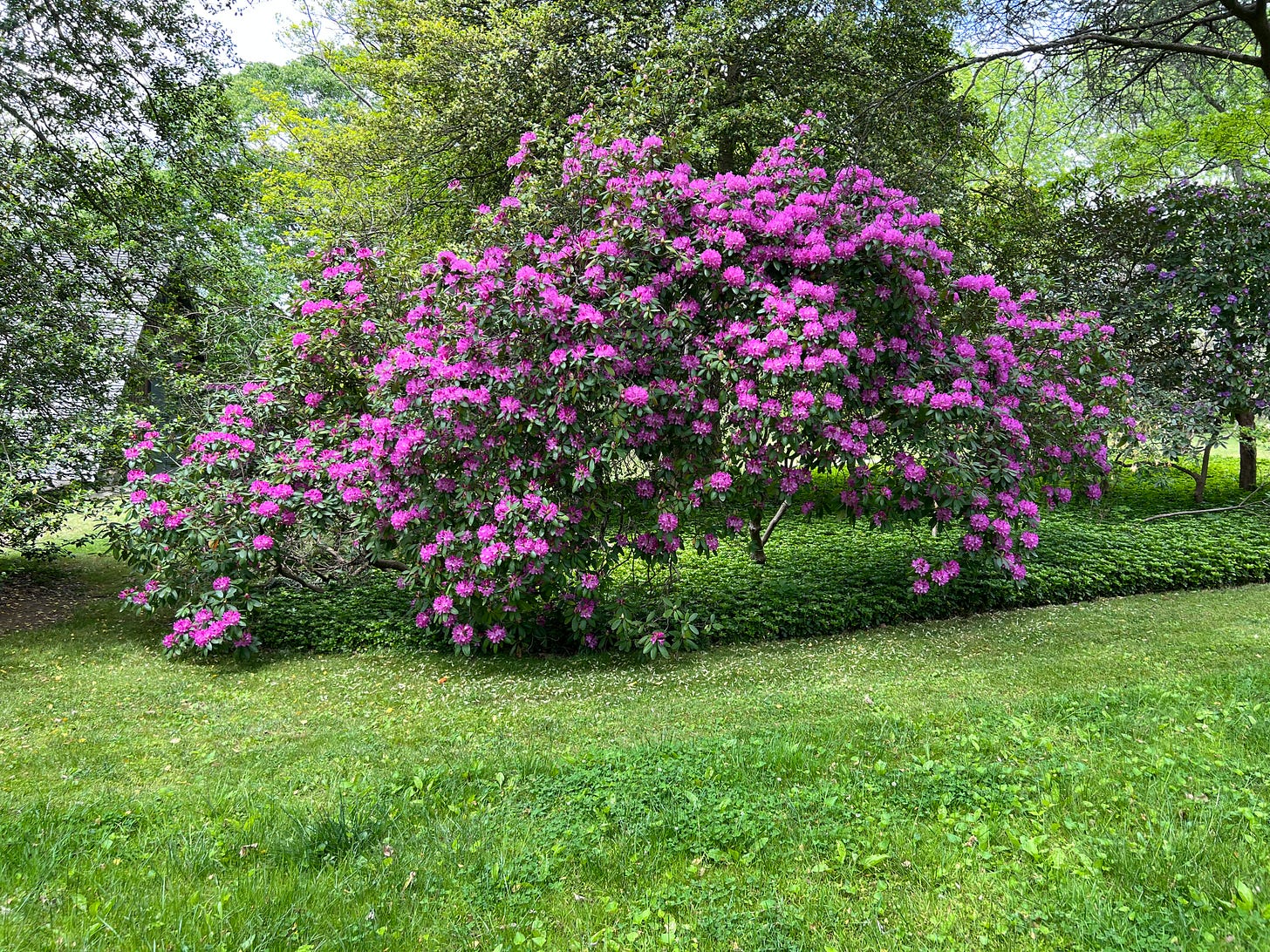Who among us doesn’t feel some revulsion when an insect flies or creeps in their direction? Our universal hatred of bugs surely once conferred an evolutionary advantage. Insects can kill, and presumably those of our ancestors who feared them got to live longer on average and pass along their genes.
Mosquitos have been called the deadliest animals on the planet for their ability to spread more than a few dangerous viruses and parasites: Chikungunya, Dengue, Lymphatic filariasis, Rift Valley fever, Yellow fever, Zika, Malaria, Japanese encephalitis, and West Nile fever. Other disease-bearing insects include Blackflies, Fleas, Lice, Sandflies, Ticks, Triatomine bugs, and Tsetse flies.
The Triatomine bug, known colloquially as the kissing bug (don’t ask), transmits Chagas disease, which, left untreated, can lead to heart rhythm abnormalities that may lead to death, according to the Centers for Disease Control, or cause a dilated heart, esophagus or colon with attendant unpleasantries.
So our fear of insects comes honestly, but like our fears of so many things it often results in behaviors that may best be described, quite literally, as overkill. In the year of my birth, Rachel Carson sounded the alarm that our deployment of DDT to kill mosquitoes was wreaking havoc on ecosystems. Today, because society has a penchant for unlearning what it once knew, DDT is making something of a comeback. Who thinks this will end well?
Even pesticides less powerful than DDT often impact ecosystems indiscriminately. They kill the “good” bugs as well as the “bad.” They remove basic links in the food chain. Their application may also directly harm untargeted animals other than insects.
There are over 800,000 arthropod species in the world, and while some of these creatures are crustaceans, most of them are insects. Beetles (Order Coleoptera) alone constitute 400,000 species—40 percent of all insects and 25 percent of all animal species. Asked what insights his lifelong studies had revealed about the nature of God, famed biologist and geneticist J.B.S. Haldane quipped, “If there is a Creator, he must have an inordinate fondness for beetles.” Very few if any beetles make their living biting humans, and none appear on lists of human disease vectors, so far as I know. They all play a role in the ecosystems that support life on earth.
This spring, I noticed some pests on things we recently planted. Aphids coated several of the Penstemon digitalis in the new patio garden. Kermes scale covered the trunk of a young Chestnut oak…
…which our part-time helper, Larry, noted also showed leaf damage from munching insects. He wondered whether we should treat the scale and hunt down whatever was eating the leaves.
The first instinct of all modern humans seems to be to reach for poison, but at Puddock Hill we consider pesticide treatment the most dire step. Two summers ago we treated a very old White oak for lacebugs, and we do preventive treatment of the older Ash trees to fight the emerald ash borer plague. But that’s about it.
I decided to scrape the scale off the oak with a thumbnail, which was easily accomplished on such a small tree, and to leave the aphids on the Penstemon alone for now. (Pam did spray soapy water on a few aphids that appeared on her lilies.) Given time, beneficial insects may eat many of these pests. Whether they’ll find them quick enough to forestall damage, however, remains an open question.
As for signs of leaves being eaten on the oak, my response is…Hooray! We plant natives so that native insects will have something to eat, thereby persisting to feed the birds and amphibians in a natural cycle.
In The Omnivore’s Dilemma, Michael Pollan profiles Joel Salatin, owner of Polyface Farm in Virginia, a sustainable farming innovator. The farm raises eating chickens, turkeys, beef cows, pigs, and egg-laying chickens. But Joel Salatin describes himself primarily as “a grass farmer,” because pasture management lies at the foundation of all his efforts.
Similarly, it might help backyard stewards to remember from time to time that we promote native plants specifically to feed the insects that feed so much else. Salatin doesn’t fret over the cows eating his grass, and we shouldn’t fret over native insects eating our native plants. Indeed, that’s our purpose!
Discourage mosquitos, avoid fleas and ticks. Leave the rest of the bugs to their own devices.
Related: As if to prove my point, as I wrote this on the front porch, a bluebird undertook mid-air gymnastics in pursuit of a flying insect.
It also seems worth noting that in the past ten days, my Merlin bird song app has identified American robin, song sparrow, red-bellied woodpecker, chipping sparrow, red-winged blackbird, white-breasted nuthatch, blue-gray gnatcatcher, Baltimore oriole, common grackle, northern cardinal, bluebird, common yellowthroat, gray catbird, and tufted titmouse. I’ve also seen green heron, American goldfinch, mourning dove, red-tailed hawk, American crow, and common flicker.
I’m hobbled by a foot injury, so I haven’t managed to reach every part of the property in the past two weeks, but here are a few special things I noticed while limping around.
Lush with flowers, native Ninebark (Physocarpus spp.) by the house attracts many insects this time of year:
Pretty but non-native Meadow salsify (Tragopogon pratensis) blooms on the big pond embankment:
Non-native Oxeye daisies (Leucanthemum vulgare), always a favorite this time of year, put on a show near the big pond shore:
Delicate blooms of native Lyreleaf sage (Salvia lyrata) stand out among native Poison ivy (Toxicodendron spp.), also near the big pond:
Flowers cover an old native Great laurel (Rhododendron maximum), which grows in a copse by the house:








